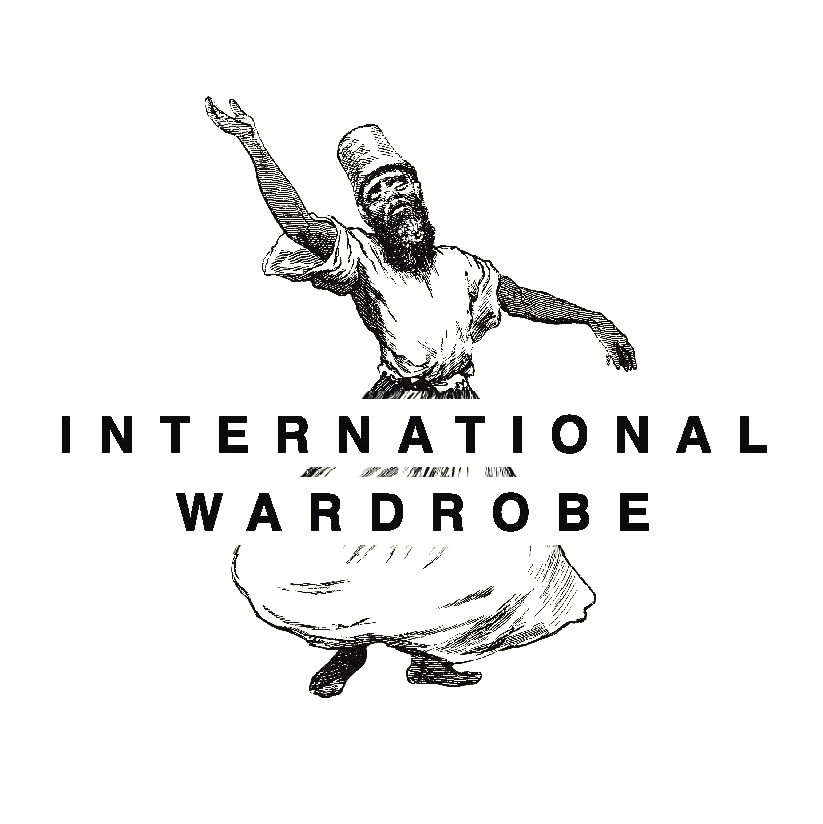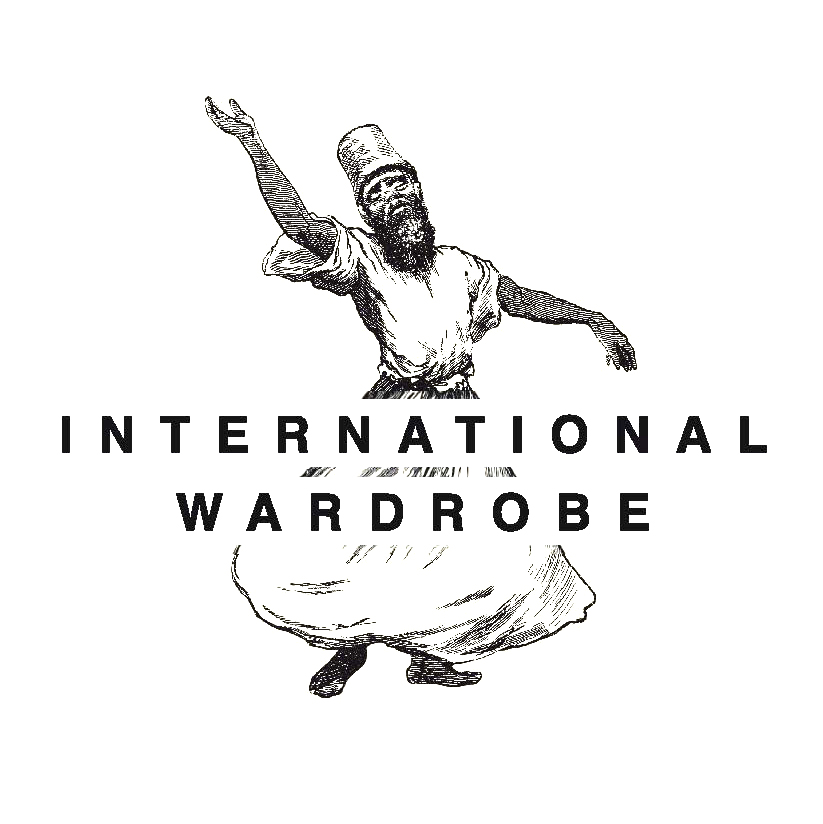Apart from the Principality of Lichtenstein, Uzbekistan is the only doubly landlocked country in the entire world (i.e. a landlocked country surrounded by other landlocked countries). Of course this is less than ideal for a country, its trade and economic prosperity. Nevertheless, Uzbekistan has a unique geographical advantage: it is located on the Silk Road, a millennia-old network of trade routes, which was the only way for the East and West to exchange goods until the rediscovery of maritime trade routes to China. The most valuable item to be transported was silk. The oldest known item to survive comes from Hemudu, and dates back to 3600 BC. The origins of the Silk Road go back even further to the 6th century BC.
It was the Chinese who began trading with silk, which they exchanged for horses needed for their military. Other popular Central Asian exports were camels, melons and peaches. In those days it took six to eight years to travel the entire Silk Road and back. The transport of these goods was organised in stages and carried out by different middlemen. As each one wanted to make a profit, taxes were levied at every stage, and by the time the goods arrived in Europe their price had risen beyond all measure. The Silk Road had its heyday during the Roman Empire, when almost all Romans were obsessed with owning valuable silk fabrics.
In 420 BC, legend has it that a Chinese princess smuggled silkworm eggs out of China when she got married, thus ending the Chinese monopoly on silk at a single stroke. As they weren’t only trading silk, the trade with perfumes, pearls, pottery and other objects continued to flourish.
The Silk Road also played an important role during the heyday of the Mongol Empire from the late 12th to 16th century. Although the Mongols were known for their ruthlessness and ferocious methods of warfare, their religious tolerance allowed them to establish a common judicial system, culture and openness to the arts, as well as communication systems, such as a distinctive script and a postal system, bringing stability and growth to this large region. These equestrian and nomadic peoples also significantly influenced Central Asian culture. The Uzbeks are indeed also a Turkic people, their name deriving from a ruler of the Golden Horde named Uzbeg Khan.
Even before the Portuguese managed to reach China by sea in 1514, the Silk Road was already in steady decline. From the 11th to 12th century, sea routes became increasingly important as they were less hazardous and there were fewer middlemen to ruin the prices. Today, the Silk Road has been revived to some extent by the tourist trade. Ultimately, the Silk Road not only laid the foundations for an identity based on textile trading, but also gave birth to important and vital cultures that were able to flourish in these often inhospitable regions. The Silk Road was given its name by Ferdinand von Richthofen, a geography professor from Bonn, who lived during the second half of the 19th century and who conducted extensive research in China.
Uzbekistan has been known under this name since 1924, and belonged to the Soviet Union along with four other “-stan” states: Turkmenistan, Kazakhstan, Kyrgyzstan and Tajikistan. Before then, Uzbekistan was a Russian colony known as “western Turkestan”. During the “Great Game” being played between England and Russia over who would rule all of Central Asia, Russia came out the clear winner in the first half of the 19th century, after which it immediately started to exploit its new colony. It did this by large-scale cultivation of cotton, in order not to depend on raw cotton from Texan suppliers. Turkmenistan managed to become completely independent from Russia. Cotton was sent to weaving mills in Russia in return for wheat from Siberia. Under the Soviets, the whole region was abruptly transformed into a giant cotton monoculture – with devastating results. The collapse of the Soviet Union brought about extreme shortages and enormous famines, as there was no longer any exchange with Siberia. The enormous amounts of water needed to cultivate cotton came from the Aral Sea. Its current aridification is irreversible and one of the world’s largest environmental disasters.
If cotton is king, then silk is the empress. Both have coexisted in Central Asia for a long time. One of the positive aspects of silk cultivation is that it doesn’t take up much space, so that a family with a small silk worm breeding and silk spinning business could make a small income on the side. This is not the case with the mass production of cotton, the cultivation of which, even today, plays a significant role in Uzbekistan. Globally its cotton production is ranked 5th after China, India, the US and Brazil. During the picking season everybody is obliged to pitch in, as cotton is still picked by hand. Even children aren’t allowed to go to school during that time. As cotton doesn’t mature at exactly the same time, it has to be picked quickly and over a period of time.
Read more about the textiles from Uzbekistan.
Pictures right, from top to bottom:
1. Market in Samarkand, Registan. From the Turkestan Album. Library of Congress Prints & Photographs Division Washington, D.C. 20540 USA
2. Map of the old silkroad.
3. Making silk, cooking of the cocoons. Fron the Turkestan Album. Library of Congress Prints & Photographs Division Washington, D.C. 20540 USA
4. The Emir of Bukhara. In times of russian colonization Bukhara was still an independent protectorat. Like all men with high status Seyyid Mir Mohammed Alim Kahn (1880-1944) is wearing a Chalat made with brokat silk, embroidered with golden thread. Sergei Mikailovich Prokudin-Gorskii, between 1905-1915. Library of Congress Prints & Photographs Division Washington, D.C. 20540 USA
5. Bread seller in Samarkand 1911. Sergei Mikailovich Prokudin-Gorskii, between 1905-1915. Library of Congress Prints & Photographs Division Washington, D.C. 20540 USA
6. Baumwollbollen fotografiert von Sergei Mikailovich Prokudin-Gorskii, zwischen 1905-1915. Library of Congress Prints & Photographs Division Washington, D.C. 20540 USA
7. The cotton ball is omnipresent in Uzbekistan. Why not as a fountain?
8. or on the wall…

